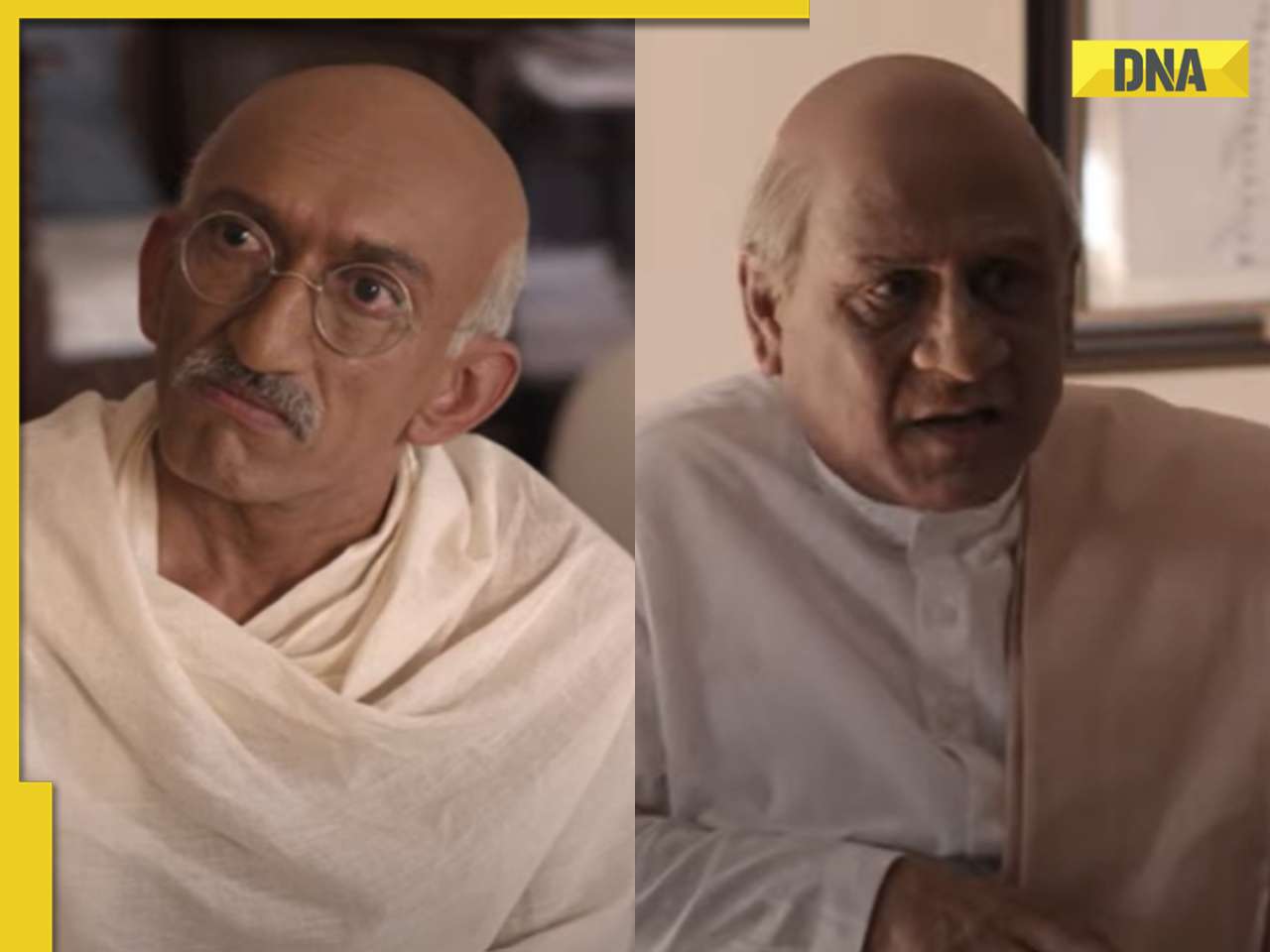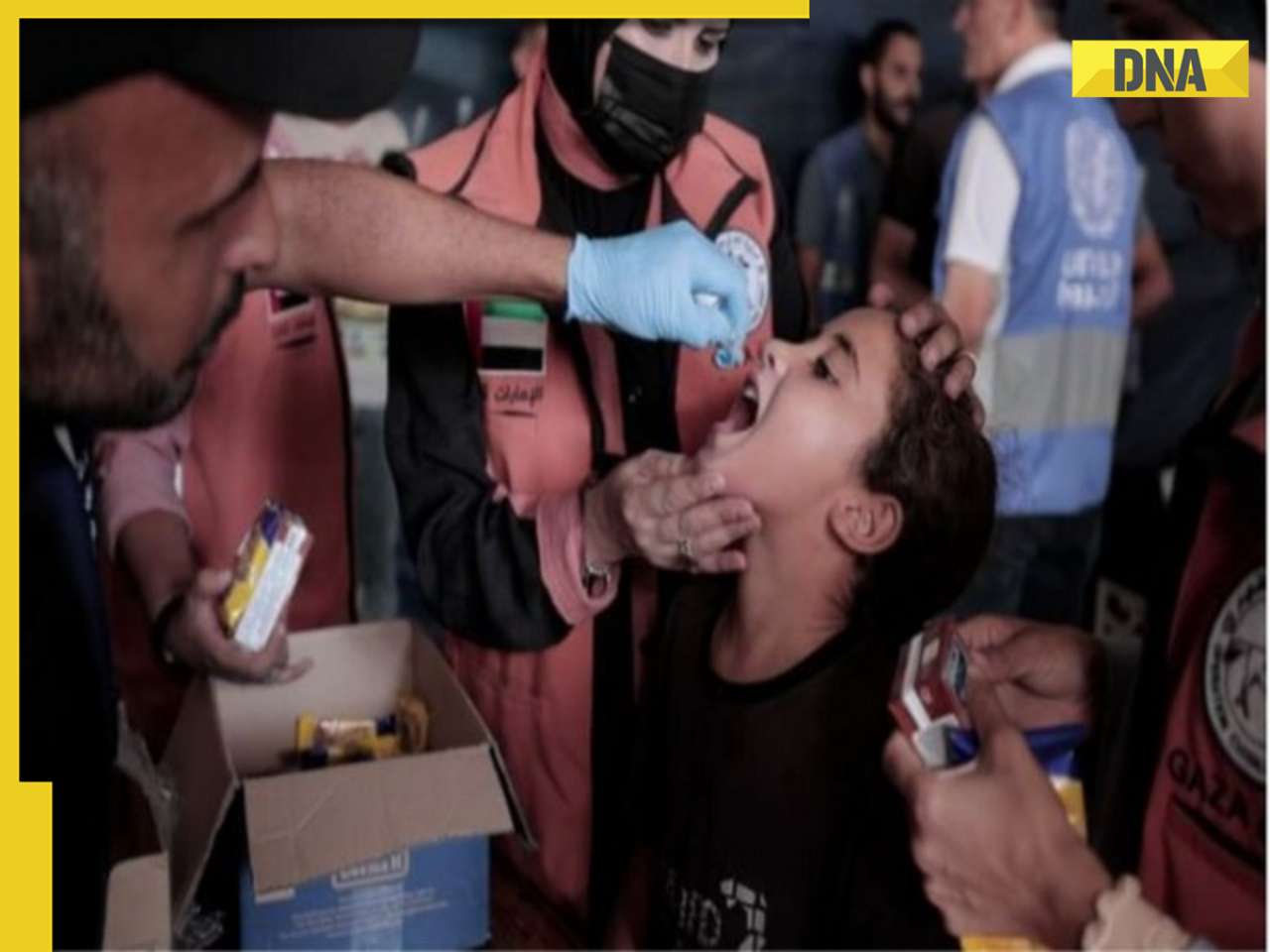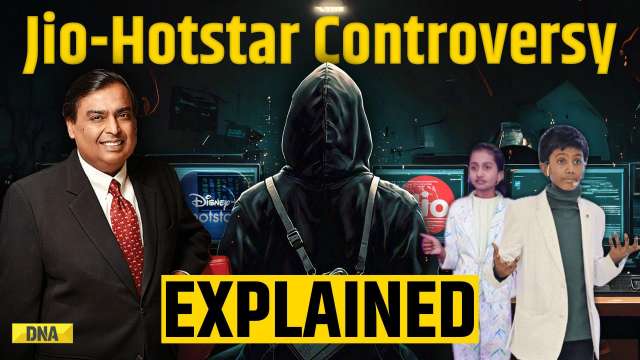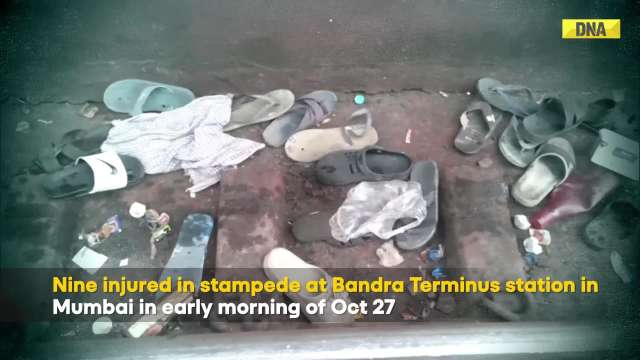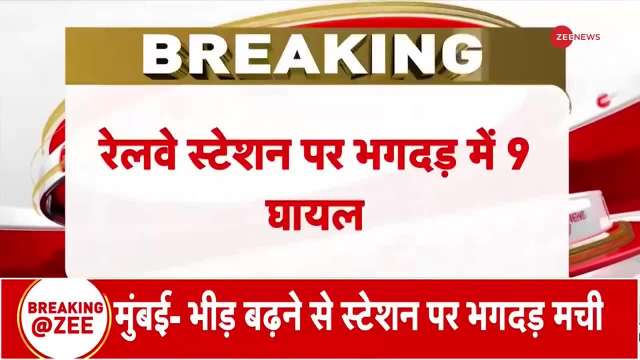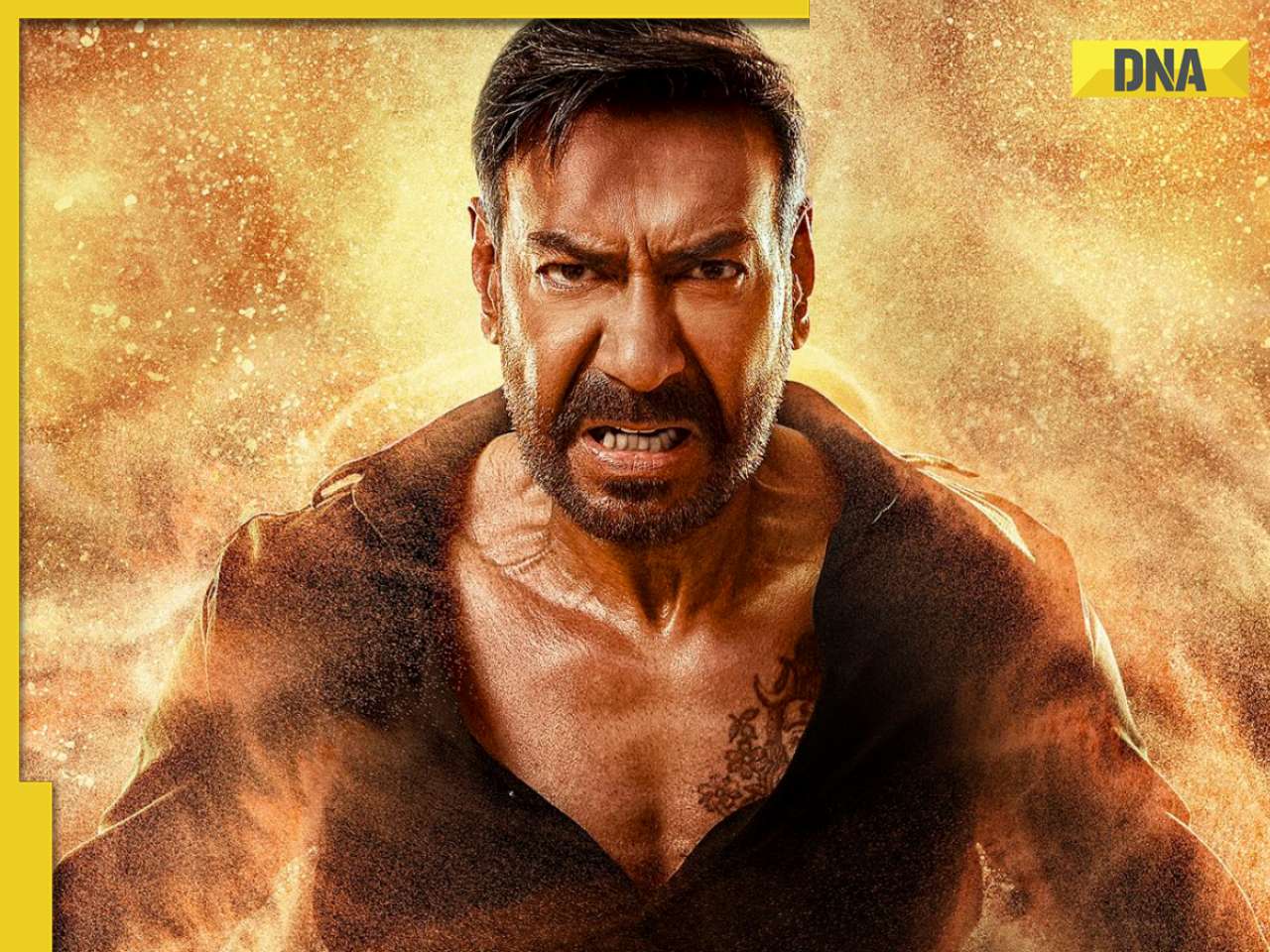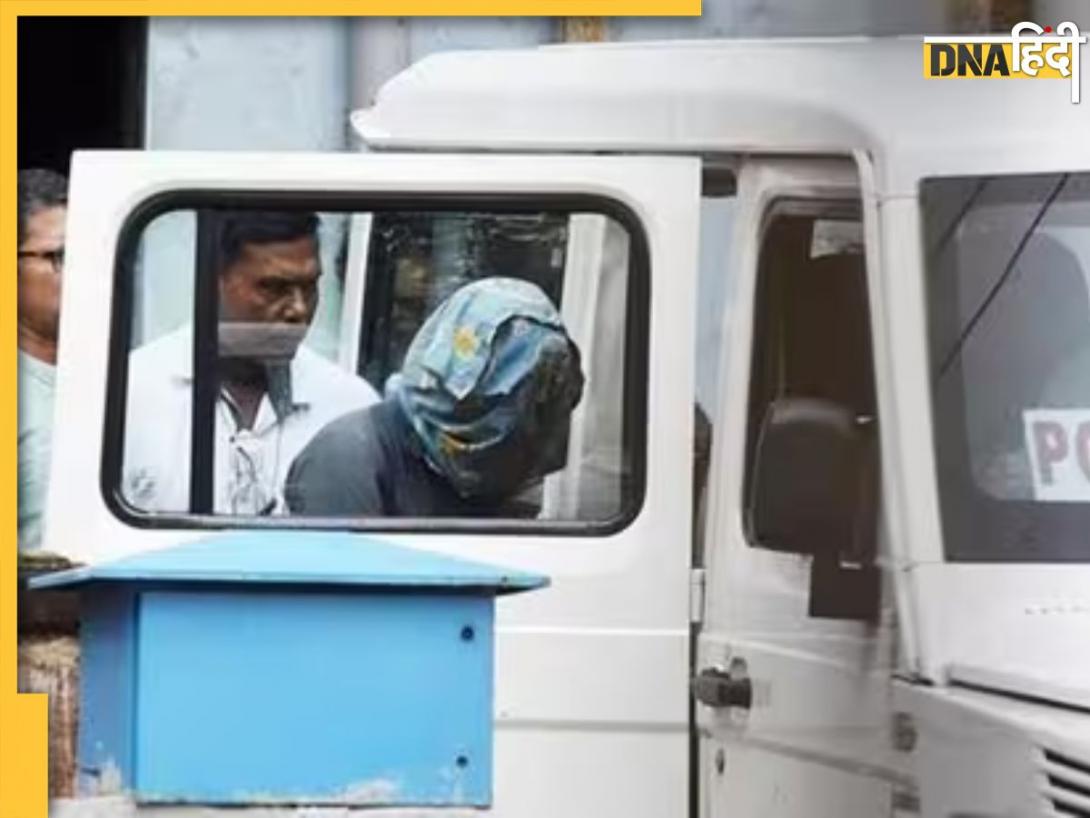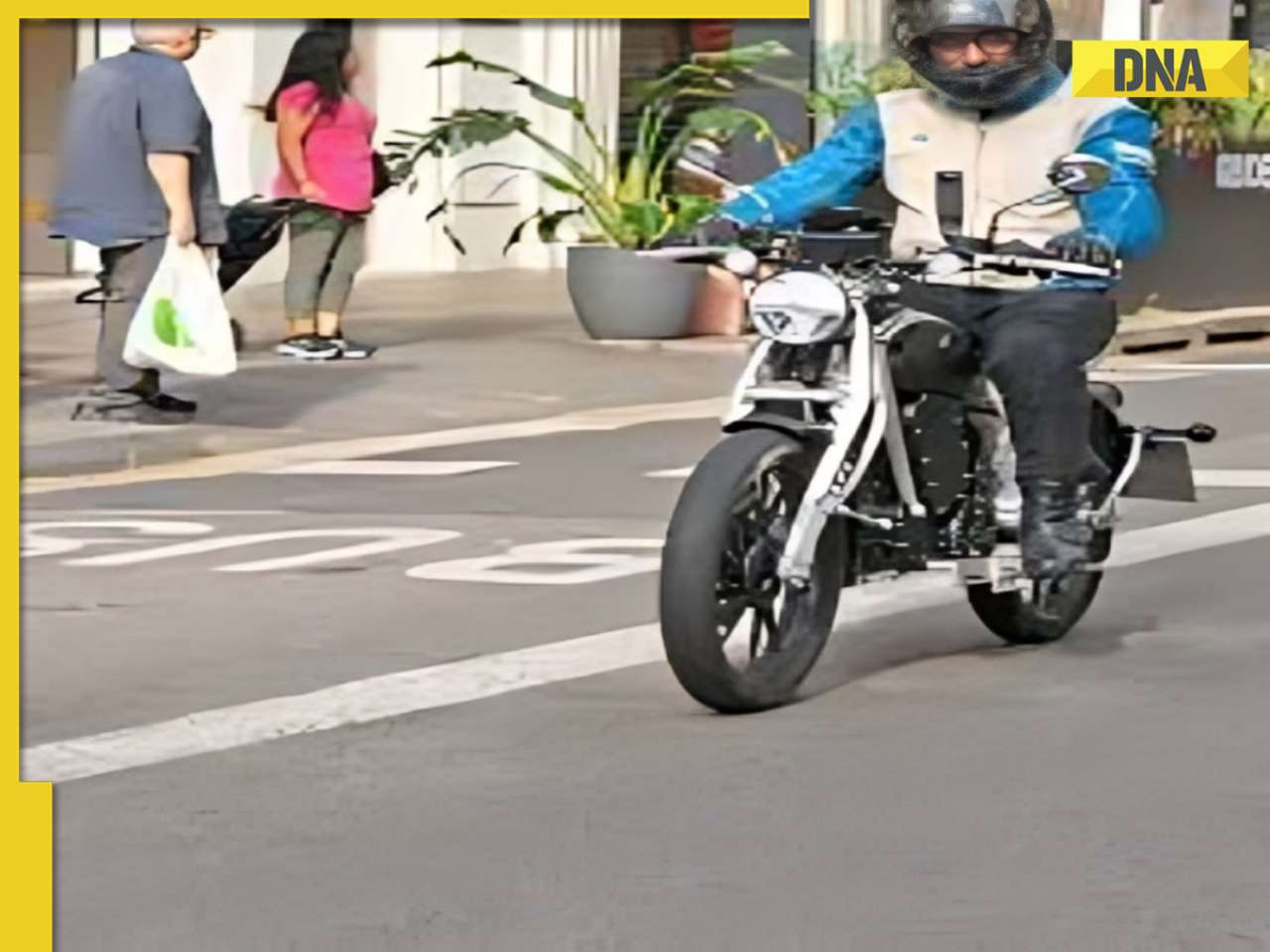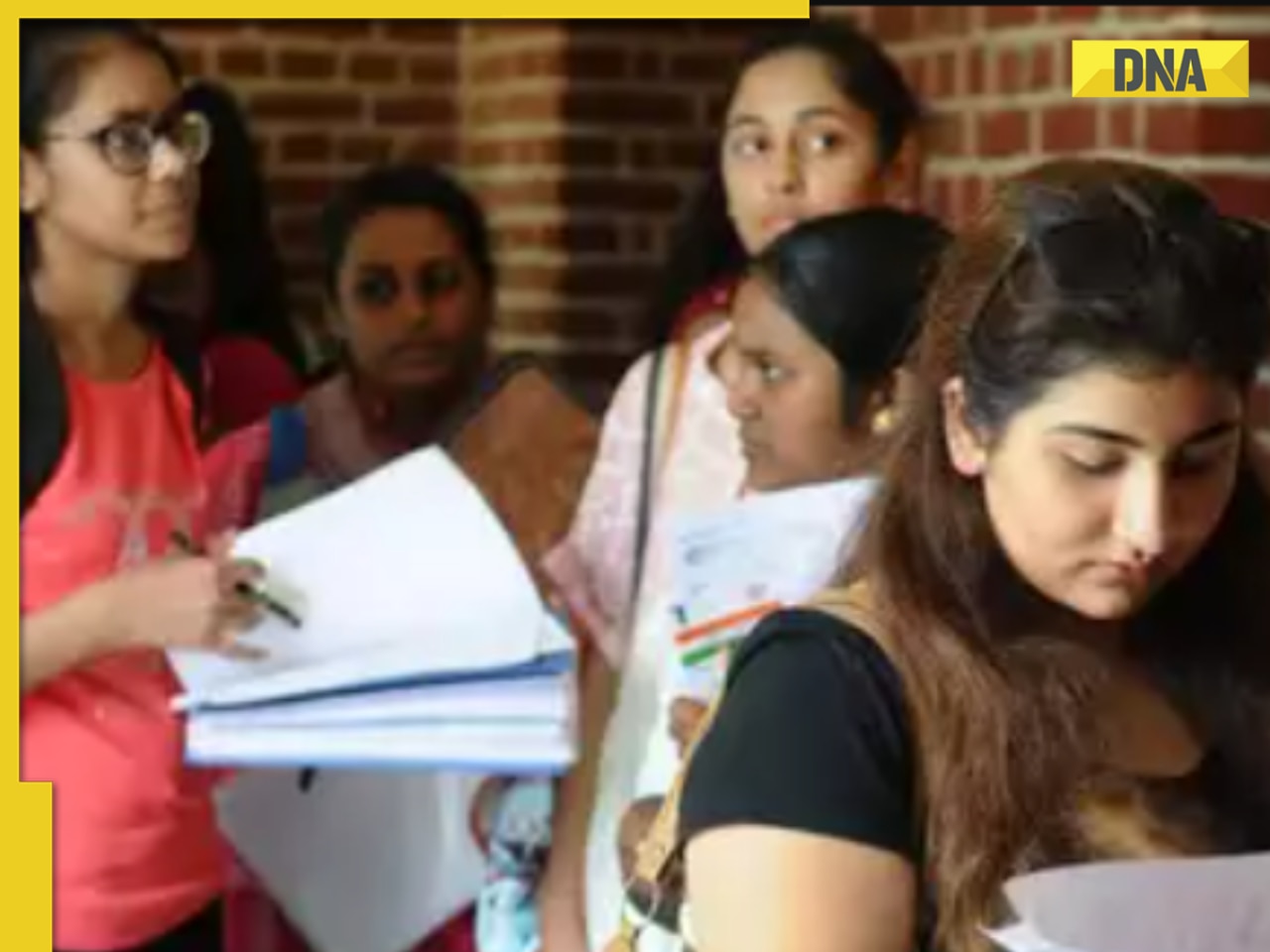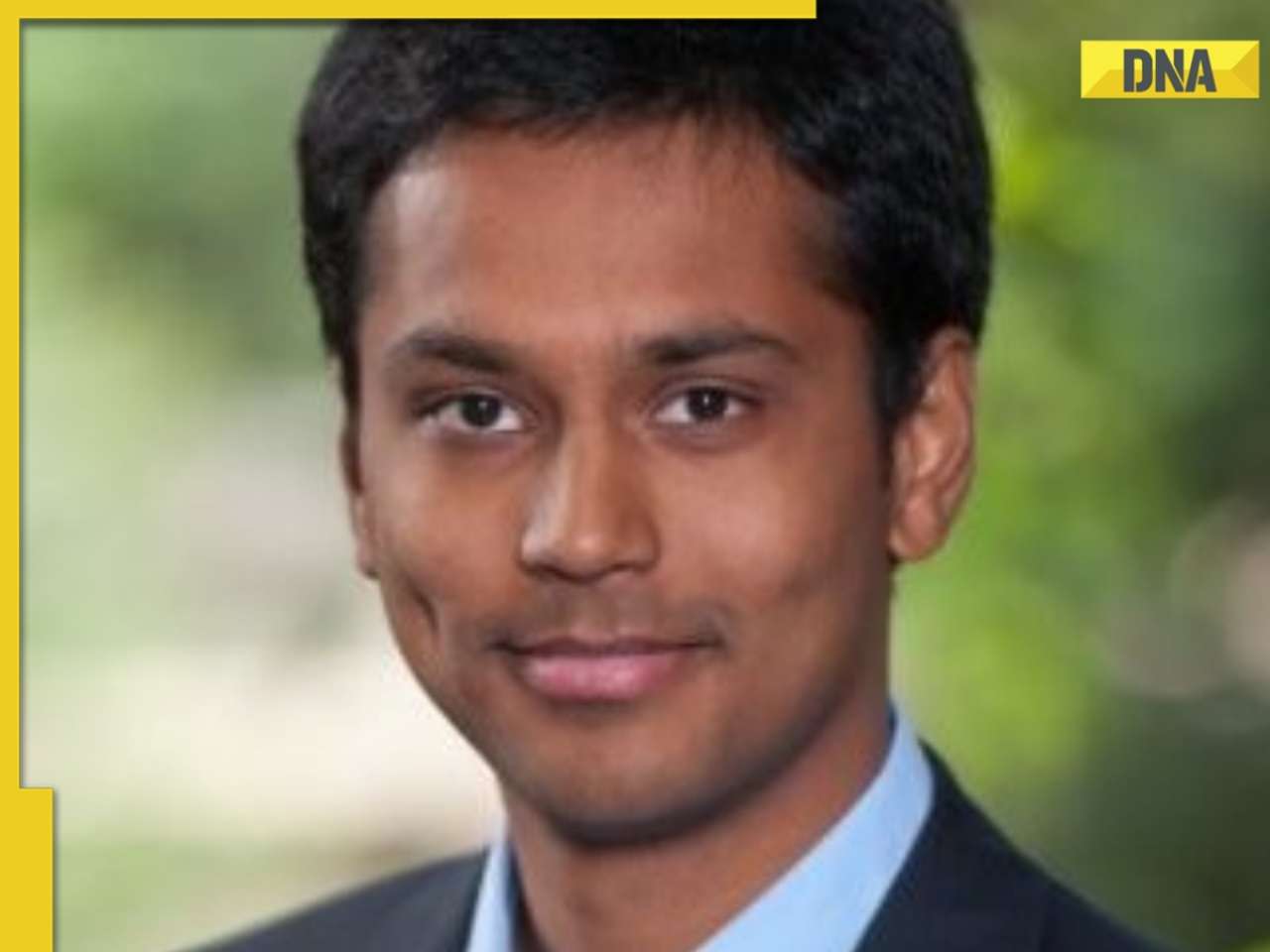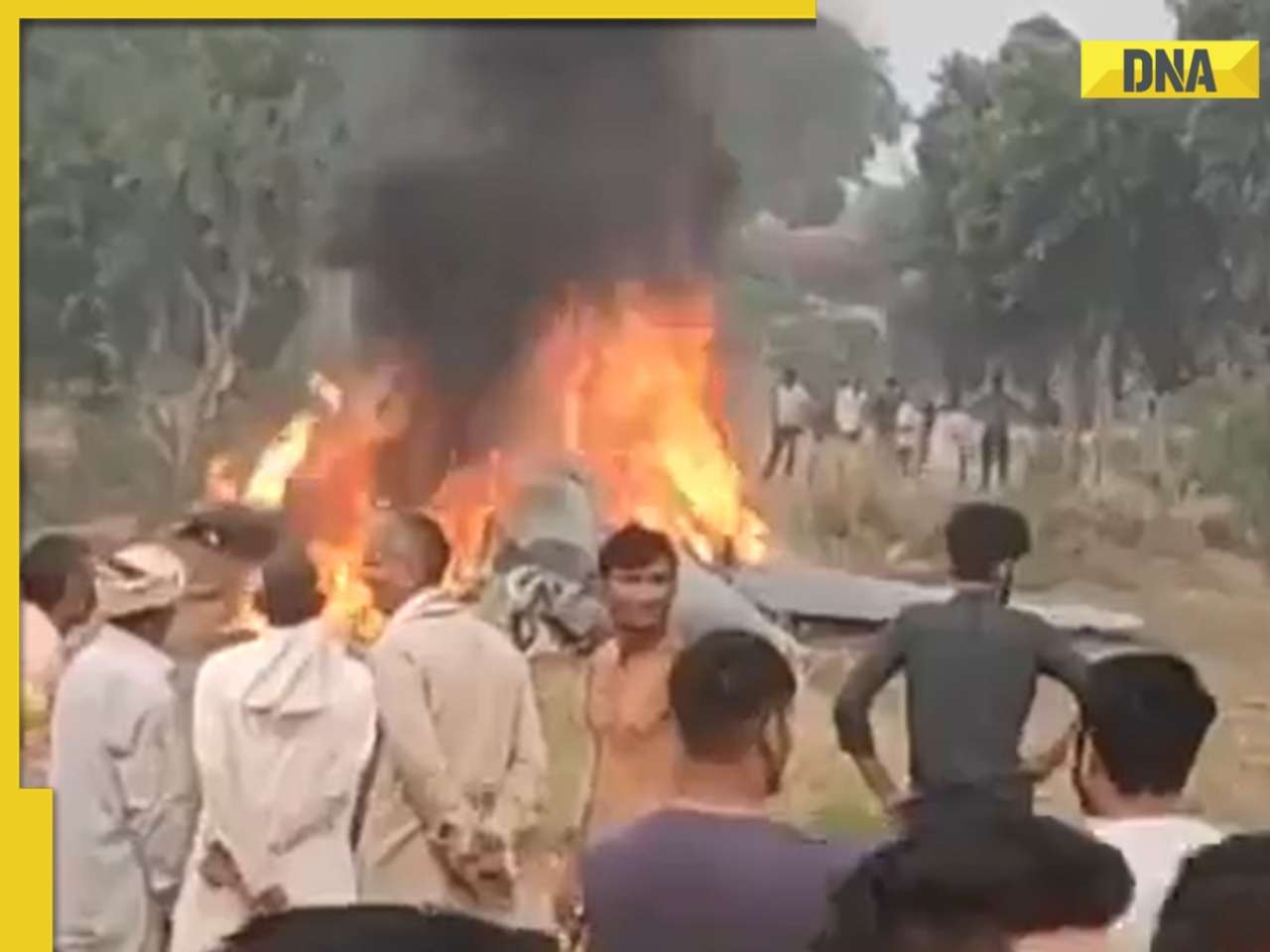- LATEST
- WEBSTORY
- TRENDING
ANALYSIS
Kalpana Chawla’s Spirit Endures: NASA’s Starliner review amid technical hurdles
The main focus is ensuring that Williams and Wilmore return to Earth safely. However, the technical delays and Boeing’s ability to solve them are crucial, as they impact not only the future of the Starliner programme, but also Boeing’s role in space exploration.
TRENDING NOW
On June 21, Boeing has announced that the Starliner spacecraft, initially scheduled to return from the International Space Station (ISS) in late-June, will now come back in early-July. Astronauts Sunita Williams, who has Indian roots, and Barry ‘Butch’ Wilmore travelled to the ISS aboard the Boeing Starliner on June 6. Despite a thorough testing programme following years of setbacks and costly delays, both Boeing and NASA warned that, as this was a test flight, not everything might go smoothly.
This caution proved not unwarranted as the spacecraft remains docked at the station, with its return postponed indefinitely due to several issues, including helium leaks and malfunctioning thrusters during a critical moment in the flight. NASA has not provided an exact date for the spacecraft’s return, leading to uncertainty about when the two astronauts will come back.
The main focus is ensuring that Williams and Wilmore return to Earth safely. However, the technical delays and Boeing’s ability to solve them are crucial, as they impact not only the future of the Starliner programme, but also Boeing’s role in space exploration.
Boeing is under pressure to prove that it can safely fly astronauts and fix the technical problems that have been affecting both its spacecraft and commercial planes. The company needs to show it can handle these challenges to restore confidence in its capabilities.
After the mission is completed, NASA and Boeing will go through a strict process to certify the Starliner for regular crew missions with four astronauts for six-month stays on the space station. Only then can the Starliner join SpaceX-developed Dragon, which first carried astronauts for NASA in 2020. This will allow Boeing to fulfil a $4.2-billion contract awarded by NASA 10 years ago.
NASA is keen for Boeing’s Starliner to become a second American transport option for the space station. Since 2020, SpaceX has been the only provider, but NASA wants two systems to ensure there is a backup if one fails. Boeing has faced years of delays, including a failed test flight without astronauts in 2019, costing the company around $1.5 billion in extra expenses. Boeing needs the Starliner to begin regular crew flights so it can start earning money from these missions.
The Starliner has experienced several small helium leaks that have puzzled both NASA and Boeing, causing multiple delays in its launch and return. Initially, the teams believed the leaks were due to a faulty seal, but later admitted they were not sure about the cause. Additionally, they are investigating why five of the spacecraft’s small thrusters stopped working as it neared the space station on June 6, forcing NASA to instruct Boeing to move the vehicle back and try restarting the thrusters to bring it back online.
Originally, the Starliner was scheduled to return on June 18, but NASA moved this to June 26. Then, on Friday (June 21), the space agency delayed it again to some time in July, explaining that the teams needed more time to investigate the propulsion system issues. NASA stated there was no urgency to bring the astronauts home and the helium leaks did not threaten their return.
Four out of five thrusters are now working fine and, with a total of 28 thrusters on the spacecraft, there is plenty of backup. The spacecraft can remain docked in space for up to 45 days, allowing more time to resolve the issues. NASA and Boeing have emphasised that the Starliner is in good condition and could bring astronauts back to Earth any time if there is an emergency on the space station.
Officials have stated that resolving the thruster issues and helium leaks is crucial for the certification review, according to reports from the Washington Post.
Steve Stich, manager of NASA’s Commercial Crew Program, went on record, saying they were taking their time to fix the issues and following the usual mission management guidelines. He added that they were making decisions based on the data related to the small helium leaks and thruster performance observed during approach and docking. No more missions would be flown with these leaks, assured Stich, adding that the teams needed to ascertain why the thrusters were generating low thrust.
The situation is more complex because the helium and thruster issues are in Starliner’s service module, which houses most of the spacecraft’s engines. This module is discarded and burns up in the atmosphere before the spacecraft returns to Earth. Therefore, engineers are eager to figure out the problems while they still have access to the equipment.
Mike Massimino, a former NASA astronaut and a mechanical engineering professor at Columbia University, said that, since the service module does not return to Earth, engineers need to gather all the data from it now. He explained that staying in orbit as long as possible was essential to collect this information, according to a report by the Washington Post.
To prepare for this work, Boeing and NASA aim to gather as much data as possible on the systems. Boeing has already test-fired the thrusters while the spacecraft is docked at the space station. They are also using ground simulators to test different scenarios, trying to identify the problems and ensure the spacecraft is safe.
Wayne Hale, a former NASA space shuttle program director and flight director for 40 shuttle missions, said the certification procedure entailed a thorough and detailed review. He mentioned that two specific problems needed to be fixed before NASA would let Boeing fly a full crew of astronauts. Hale added that such issues as thruster failures and helium leaks were common and frequently encountered during the shuttle program. According to Stich, understanding these issues now will help them learn important lessons for improving the system in future missions after certification.
Safety is the top priority and the tragic loss of space shuttle Columbia in 2003, which broke apart while returning from orbit, is a constant reminder. Wayne Hale says lessons from the disaster, which claimed the life of astronaut Kalpana Chawla, will never be forgotten. Williams and Wilmore are also reported to be eager to stay in orbit, especially since Williams last went to space in 2012 and Wilmore in 2015.
(The author of this article is a Defence, Aerospace & Political Analyst based in Bengaluru. He is also Director of ADD Engineering Components, India, Pvt. Ltd, a subsidiary of ADD Engineering GmbH, Germany. You can reach him at: girishlinganna@gmai.com)
(Disclaimer: The views expressed above are the author's own and do not reflect those of DNA)
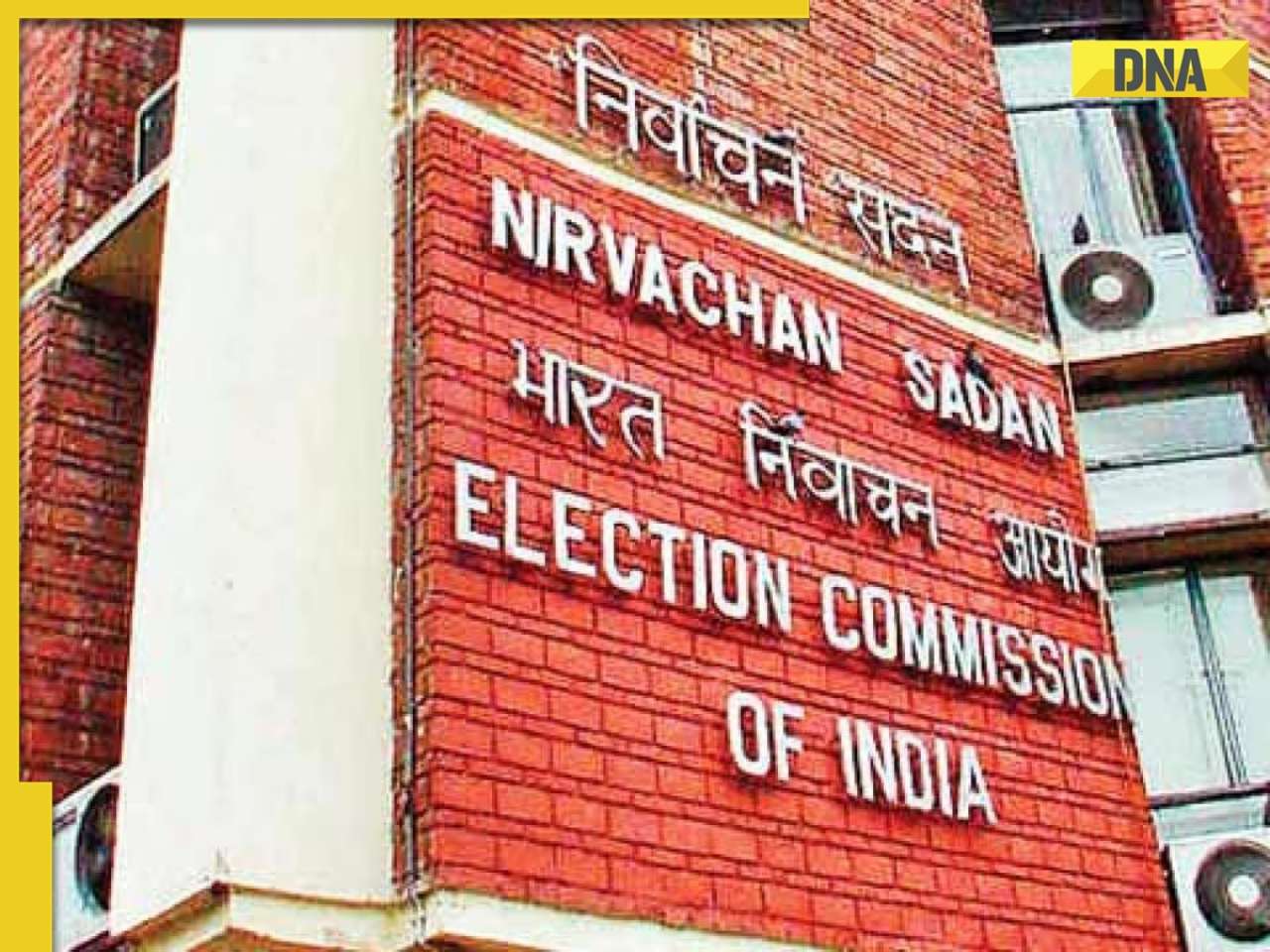
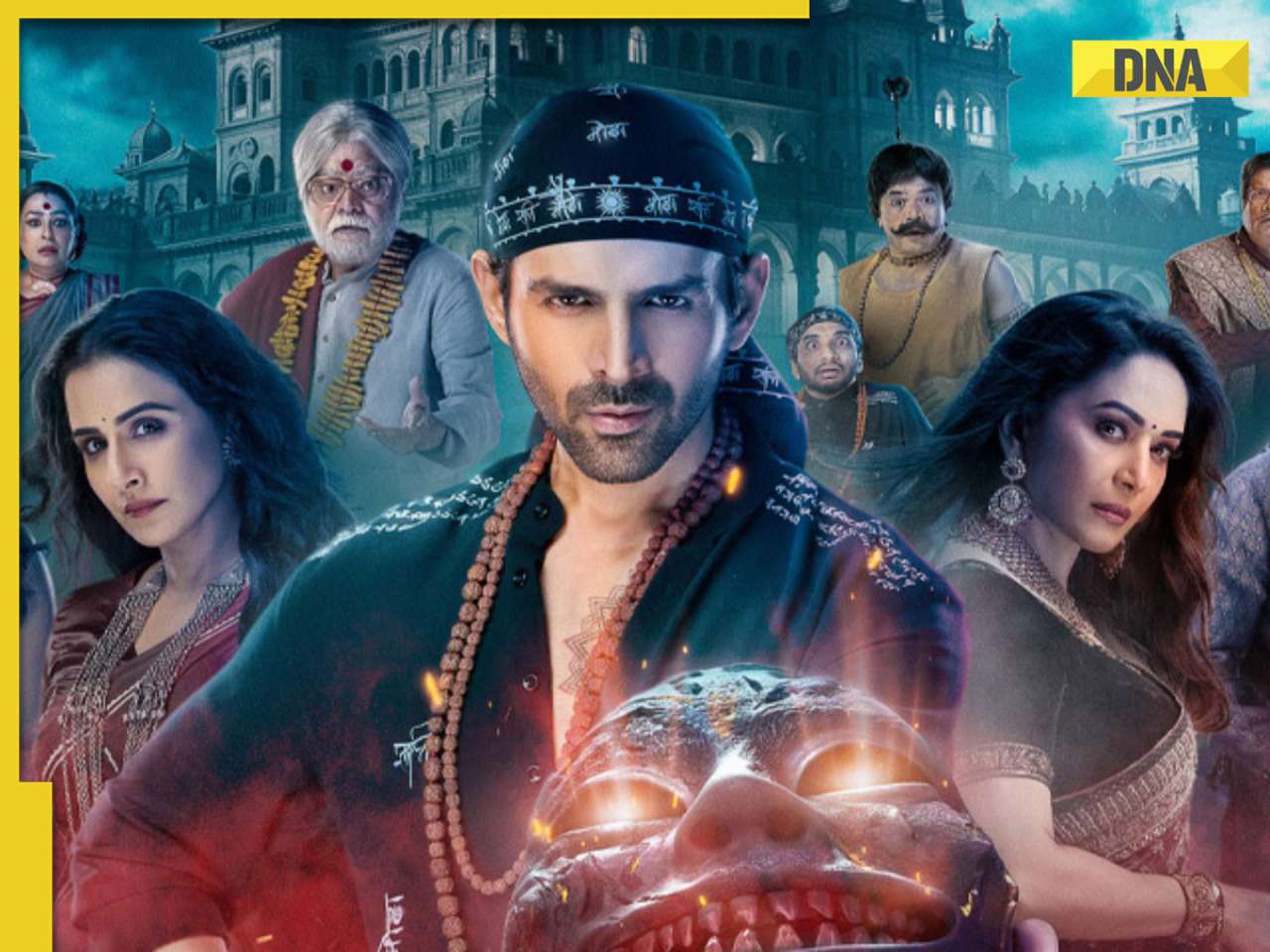





)
)
)
)
)
)
)
)
)
)
)
)
)
)
)
)








